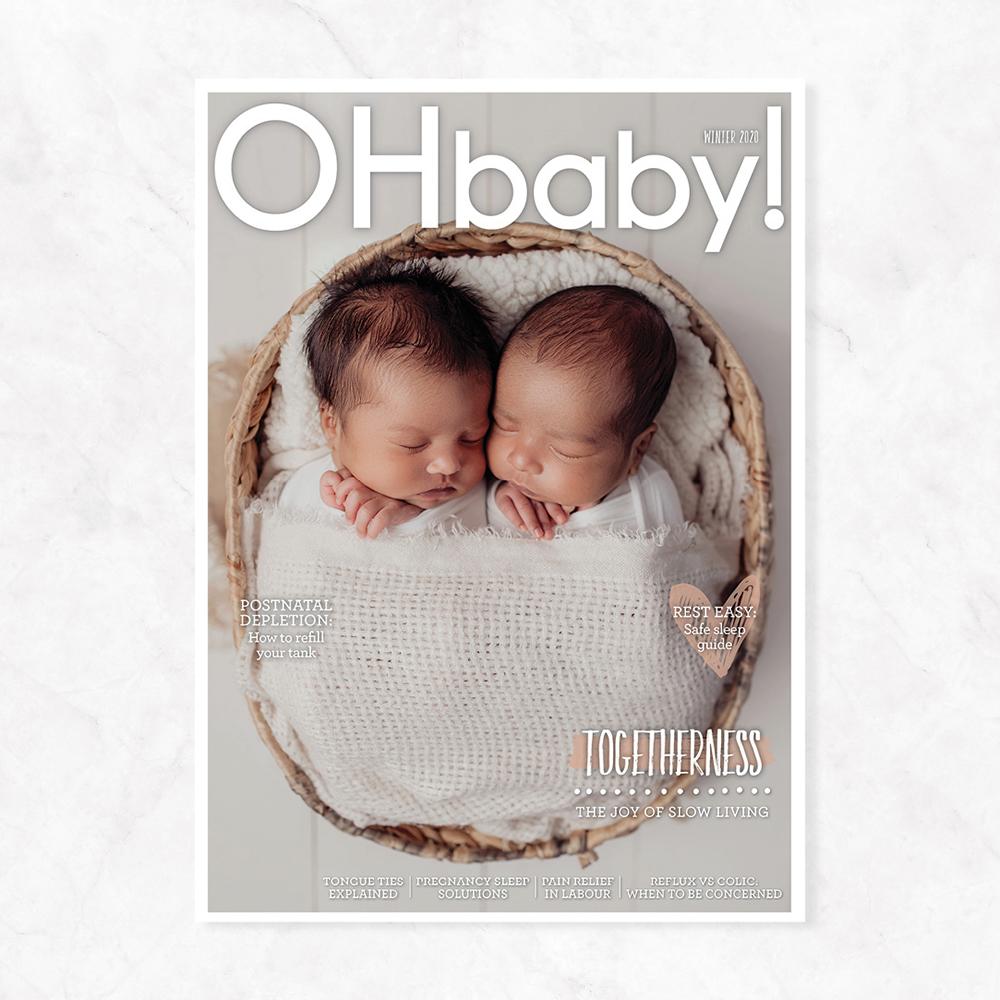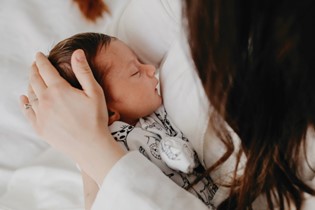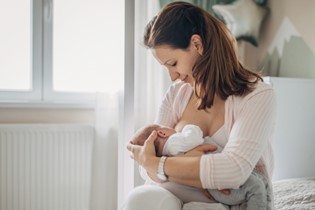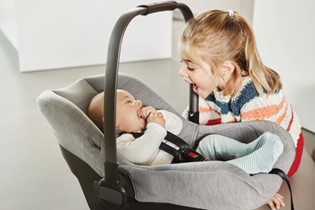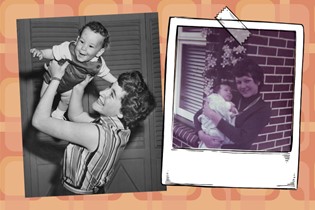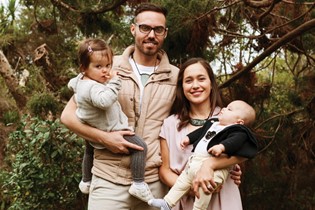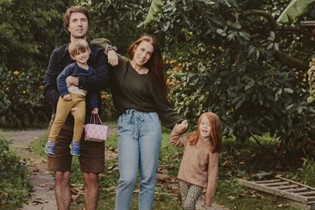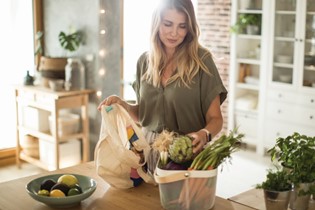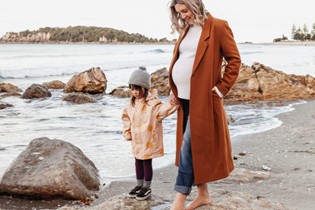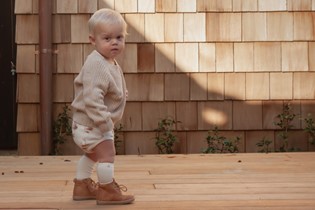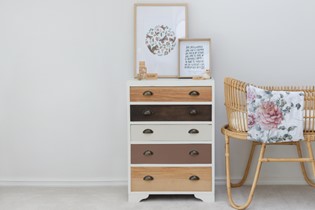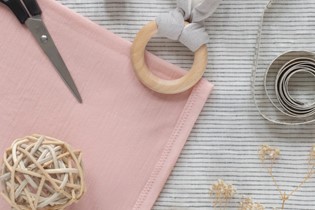Play: best toy suggestions for each age and stage
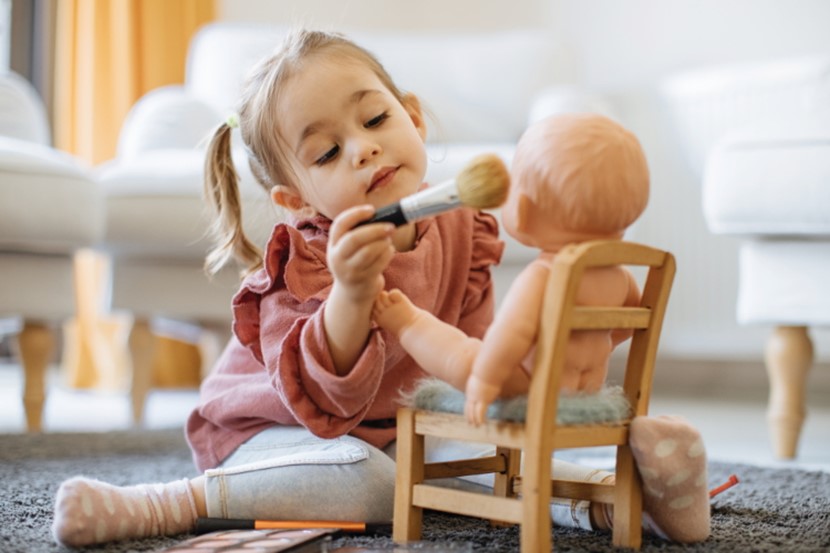
Play forms the building blocks for life. Miriam McCaleb shares what to expect for each developmental milestone and the best toys for each age and stage.
As our children grow and their brains increase in complexity, they undergo enormous developmental changes. Massive change, but some truths remain.
The first truth that remains throughout development is that nothing is more important than relationships. A baby’s relationship with you is the foundation of their everything. Your loving touch, shared gazes, warm smiles and soulful singing – these are the food of life for your baby. As children grow, they may add more significant relationships into their circle – siblings, other whānau, grandparents, even pets, but those first relationships (usually with our parents) are the most vital.
PLAY IS LEARNING
Another constant truth is the notion that play is essential for learning and growth. Thames-based writer and Early Childhood Educator kaumātua Pennie Brownlee calls this a child’s “sacred urge for play”.
However, not all play is created equal. New parents soon realise there’s a dazzling array of toys and playthings on the market, and they need to work out which will support optimal development and which are really only good for extracting money from wallets.
Having worked for many years as a kindergarten teacher and parent educator, and having raised some – ahem – mighty fine children myself, it’s my goal to cut through some of the sales pitches and offer sensible advice on toys. Let’s honour the beautiful sweep of child development and avoid overloading our homes with unnecessary items.
As you read about the different developmental stages and needs of our children, you’ll notice my fondness for using the word ‘around’ to describe when these phases may occur. This is an acknowledgement of our unique trajectories – that some things are predictable, many are not. For instance, we might learn to walk at eight months or we might learn to walk at eighteen months – and both examples are in the realm of typical. Also, we’re likely to develop our imaginative play, fine motor skills or interest in forming letters at different times. And that’s all good!

DURING BABYHOOD
(From newborn to 12 months)
💕 Developmental Factors:
Remember, relationships are the most important thing in a baby’s life. Your face is the greatest toy imaginable – your twinkling eyes and smiling mouth are worth more to Baby than any plaything.
This means that those early expenditures do need to be carefully thought out. The super-fancy twirling chandelier with the built-in speakers is probably not necessary, but an awesome babywearing wrap or an exceptionally comfortable chair for feeding in? That’s money well spent.
I think it’s useful to view any possible expenditure through the lens of how the product supports your relationship with your baby. I’d always choose a stack of board books, which encourage curling up together, and which can be read again and again through toddlerhood and beyond, over that twirling chandelier with the built-in speakers.
Similarly, if people want to buy pressies for your baby, consider asking for gifts that will keep on giving beyond those early months of infancy. Clothes and blankets are essential and these will make great gifts, but how many soft toys and mobiles does one family really need? Instead, it’s a good idea to look ahead in the lists of recommendations. It might seem crazy getting people to buy books or blocks for a newborn, but stash them away – you’ll be grateful for them
soon enough.
This idea is partly because people tend to rush into buying toys for babies before they’re developmentally ready for them. It might sound odd to imagine children without a need for toys, but please bear with me.
You see, tiny babies have hours (months!) of homework to do just to make sense of their own bodies. Infants first need to figure out where Mum ends and they begin. They gradually develop an understanding of their physical personhood before discovering that their hands and feet are actually attached to them. Only then can they start the massive project of exploring everything else (with their mouths).
So how do we know when babies are ready for toys? I’ve always used what I call the Sock Test. When a baby is on the floor, perhaps lying by a window looking at the trees outside, there will come a day when the kicking and flailing becomes more intentional. They will remove a sock from their foot and give it an exploratory chomp. This is a developmental milestone that the baby books usually miss! It tells us that a baby is really ready to start interacting with toys.
💕 Suggested Toys:
Safety first! Babies will explore the world with their mouths for many months to come. This means that anything within your baby’s reach must be large enough to avoid becoming a choking hazard. A couple of quality rattles will go a long way – perhaps a plastic one that can be periodically run through the dishwasher and a wooden one that can be disinfected by sunshine.
Some babies really love to explore fabric. Simple cotton scarves are great for this, and inexpensive too, plus there are some cool textured options available. These pass the relationship-enhancing test because they’re awesome for games
of peek-a-boo.
YOUNG TODDLERS
(From around 12–24 months)
💕 Developmental Factors:
Young toddlers of this age are still fed by their relationships with their significant people (well, aren’t we all!) but they also have other important drives in their development, such as the need to explore, and to use their bodies in as many ways as possible.
In fact, that’s why we call them ‘toddlers’ – because they toddle! Most young toddlers are motivated to move constantly – climbing and dancing – and to touch everything.
Children of this age probably understand more language than they can express and an important mechanism for expressing their curiosity and understanding is pointing. This tool, called social referencing, can begin as early as about ten months, and it’s likely to be in full swing during young toddlerhood. Already their interests can guide your selection of books or toys for them.
During this time frame children are likely to start demonstrating their understanding of the familiar, perhaps dragging a towel to the bathroom in recognition that this is where it lives, or pointing a remote control in the direction of the telly as they’ve seen others do. Let these examples be a reminder of the importance of real world items in children’s lives.
💕 Suggested Toys:
Keep going with the board books, simple blocks, balls and toy cars. Simple toy people can add interest to that play. With regard to blocks, I’m torn about which to suggest. I love the look and sustainability of wooden blocks, but the jangled-nerves-at-the-end-of-a-long-day version of myself always secretly loved our foam blocks – they make no noise when towers are crashed over!
Later during this phase, many children will appreciate having a baby doll to play with. After all, these little children know rather a lot about being cared for as babies, and some (boys as well as girls, please!) will really enjoy wrapping a baby doll in a blanket and giving them a cuddle or otherwise demonstrating aspects of daily care.
Finally, I’ve never met a toddler who doesn’t love to tote stuff around in wee buckets, purses or baskets. Add a couple of those to your repertoire and watch the fantastic ways that children will create collections or shift items from hither to yon! If you have the room, your little one will likely love a wagon, pram or other sturdy push toy.
OLDER TODDLERS
(From around 24–36 months)
💕 Developmental Factors:
One of the primary drives of development for these older toddlers is to explore their identity and autonomy. It can be a confusing time for children and parents alike, as our darlings swing between ‘I need you’ to ‘Go away’ and back – sometimes within moments! This is the age of ‘me’, ‘mine’ and ‘I do it!’, and I send wishes of patience to you if you’re parenting in this phase. Just don’t ever call it the ‘terrible twos’ because they’re anything but terrible.
Older toddlers are also likely to still be enjoying moving their bodies, and will be constantly practising new skills.
They also might have developed an affinity for a particular toy or teddy – good as gold, either way.
💕 Suggested Toys:
Continue reading books. If you’ve got a busy toddler, try board books with flaps as a tool for engaging them a little longer. However, any book that you both enjoy is a great book, and lean in to the fun of using silly voices, accents, and songs. Rhyme and rhythmicity are super important in children’s books, and there are no shortage of great examples, from Lynley Dodd’s Hairy Maclary books and the classics by Dr Seuss, to more modern stories such as The Gruffalo.
Older toddlers may enjoy some simple dress-ups and access to a mirror will support this play. Just ensure the mirror isn’t in danger of being smashed by your toddler flailing a toy.
As I mentioned, be on the lookout for little buckets, baskets and purses.
Encourage the beginnings of drawing. Keep it simple though, pencils or chunky crayons and plain paper are best.
Music making with a tuned toy like a xylophone or simple keyboard, or if you have the appetite for it, a drum.
Now might be a great time to invest in a quality balance bike or trike. Look for simple obstacle course items, for example, a small, sturdy plank that can become a ramp.
Keep going with the balls, blocks and toys to extend block play, such as a little set of farm animals or a few small cars. Bear in mind that many children of this age will still mouth their playthings, so keep an eye out for choking hazards.
Some kids will be ready for play dough at this stage.
YOUNG PRESCHOOLERS
(From around 24–36 months)
💕 Developmental Factors:
By around three years old, children become more interested in their peers. Previously they may have just played alongside other children, but now they look for interaction and friendship – which comes with some highs and lows!
Meanwhile, they continue to practise all the amazing things their bodies can do. Developmentally, tamariki tend to gain mastery of their large muscles before they master their small muscles, which is to say activities such as climbing are vital for learning to write.
💕 Suggested Toys:
Keep looking for (safe!) outdoor ‘loose parts’ that could go toward making an obstacle courses, such as a couple of small wooden boxes to go with that sturdy plank.
Some kids will really enjoy drawing with chalk, pencils or crayons, or using things like play dough for more precise play.
At this stage children are still very interested in real-life things and may enjoy washing their toy tea set in warm, soapy water as much as having an actual tea party.
Books, blocks and props, balls, and baby dolls are all still fun.
OLDER PRESCHOOLERS
(From around 4–5 years)
💕 Developmental Factors:
Family is still crucial, however friendships are also becoming more important.
For some children, the impending ‘school at five’ milestone can loom pretty large. Play is an awesome way to move through heightened emotions (whether excitement or anxiety).
💕 Suggested Toys:
Many kids love playing schools so, at the beginning of the year when school supplies are cheap as chips, perhaps stock up on notebooks, pens and paper, and let your little one choose a pencil case.
Look for simple board games to practise turn-taking. Keep going with the book reading and biking, the outdoor obstacle courses, play dough, clay, dressing up and dramatic play… and then go have yourself a nice cup of tea and a lie down!
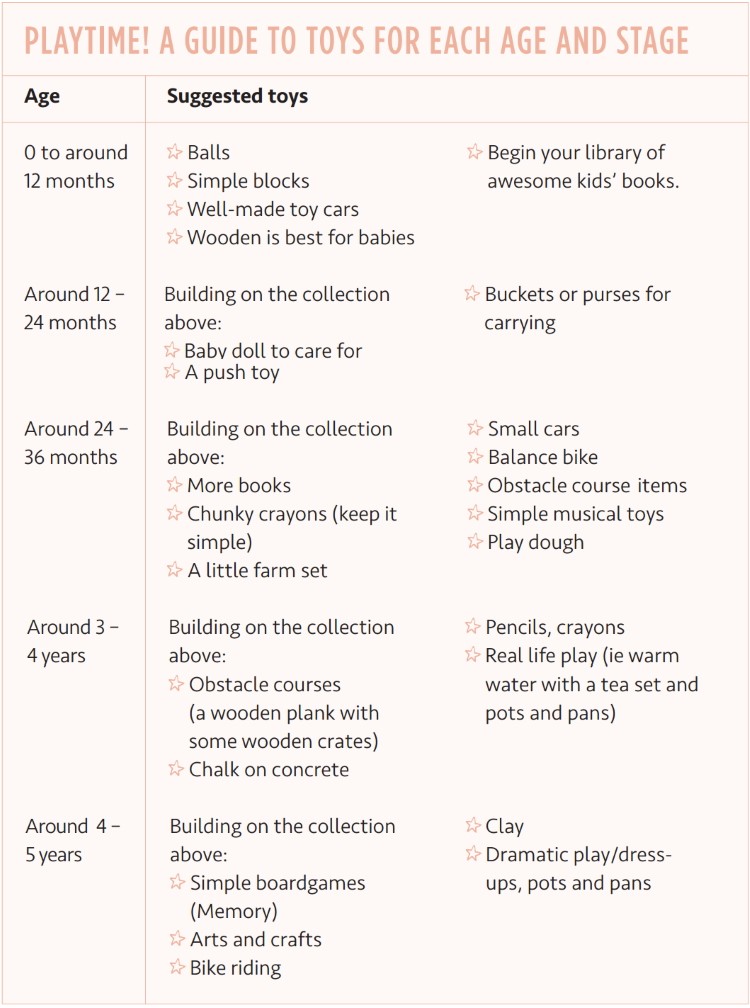
Miriam McCaleb dedicates this article to her own dear, late mama, who was a gifted supporter of children’s play, and who inspired in Miriam a life trajectory of kindergarten teaching and lifelong learning about child development. Miriam has worked in universities and early childhood centres, but her fave role is as mother to two great girls. Visit her at baby.geek.nz.

AS FEATURED IN ISSUE 50 OF OHbaby! MAGAZINE. CHECK OUT OTHER ARTICLES IN THIS ISSUE BELOW
